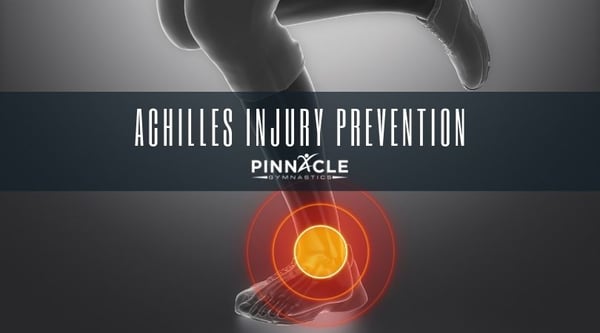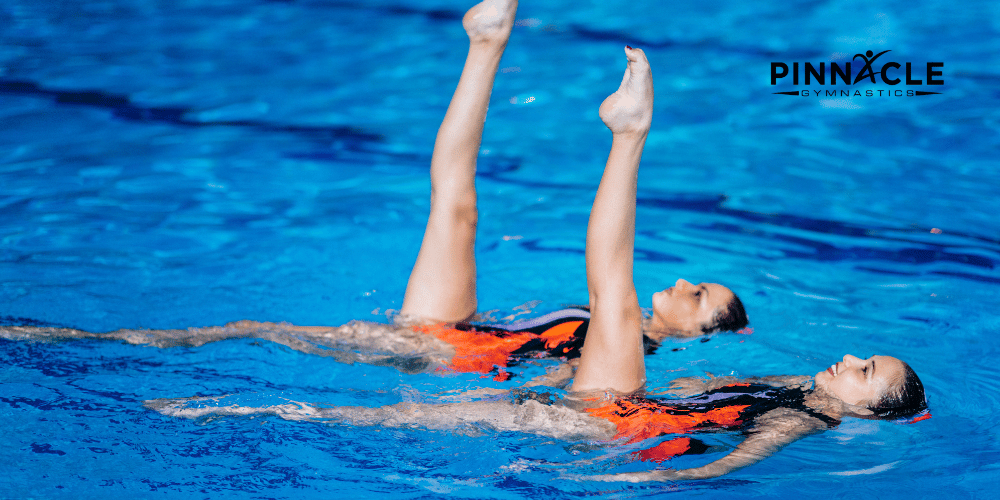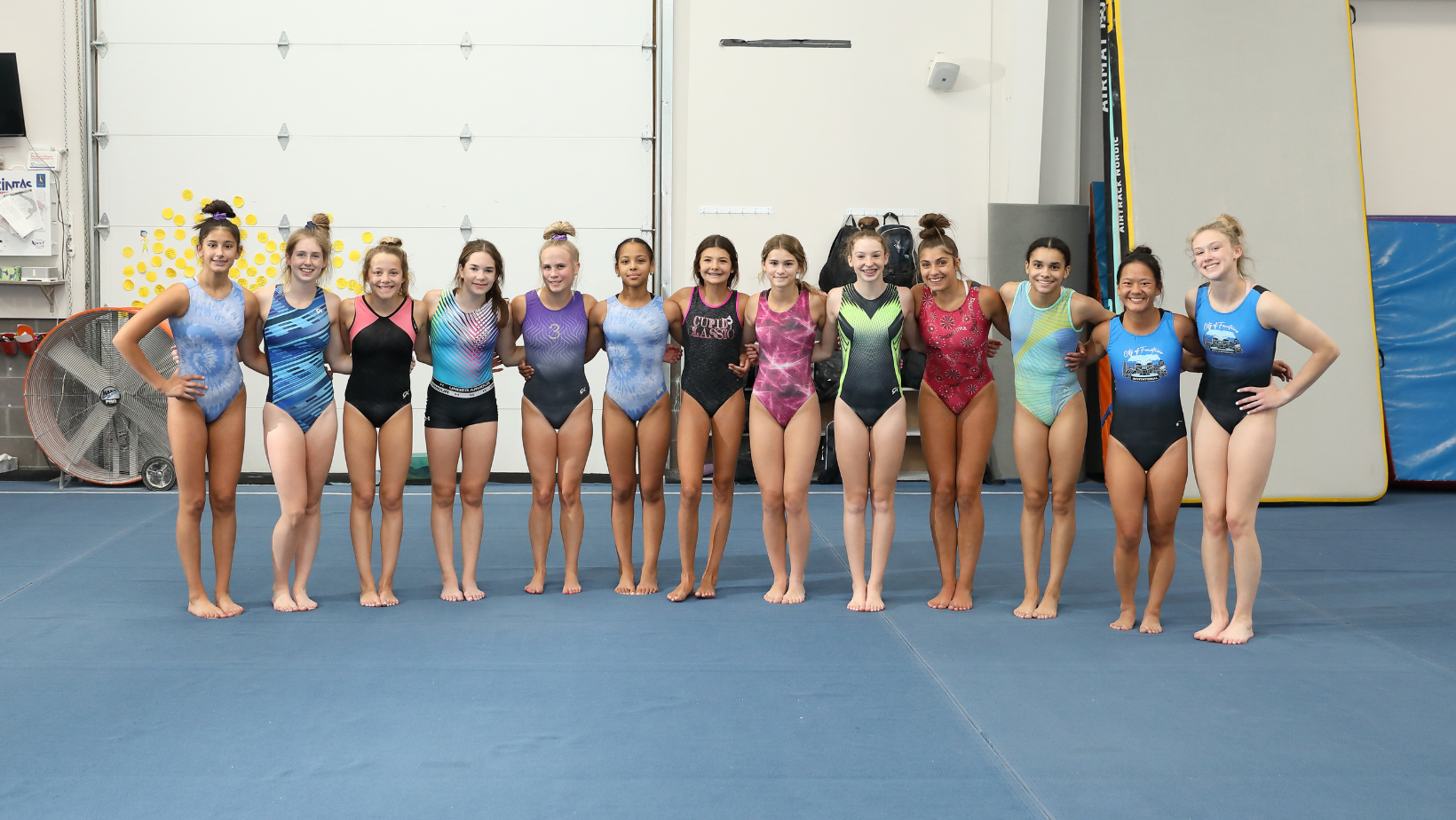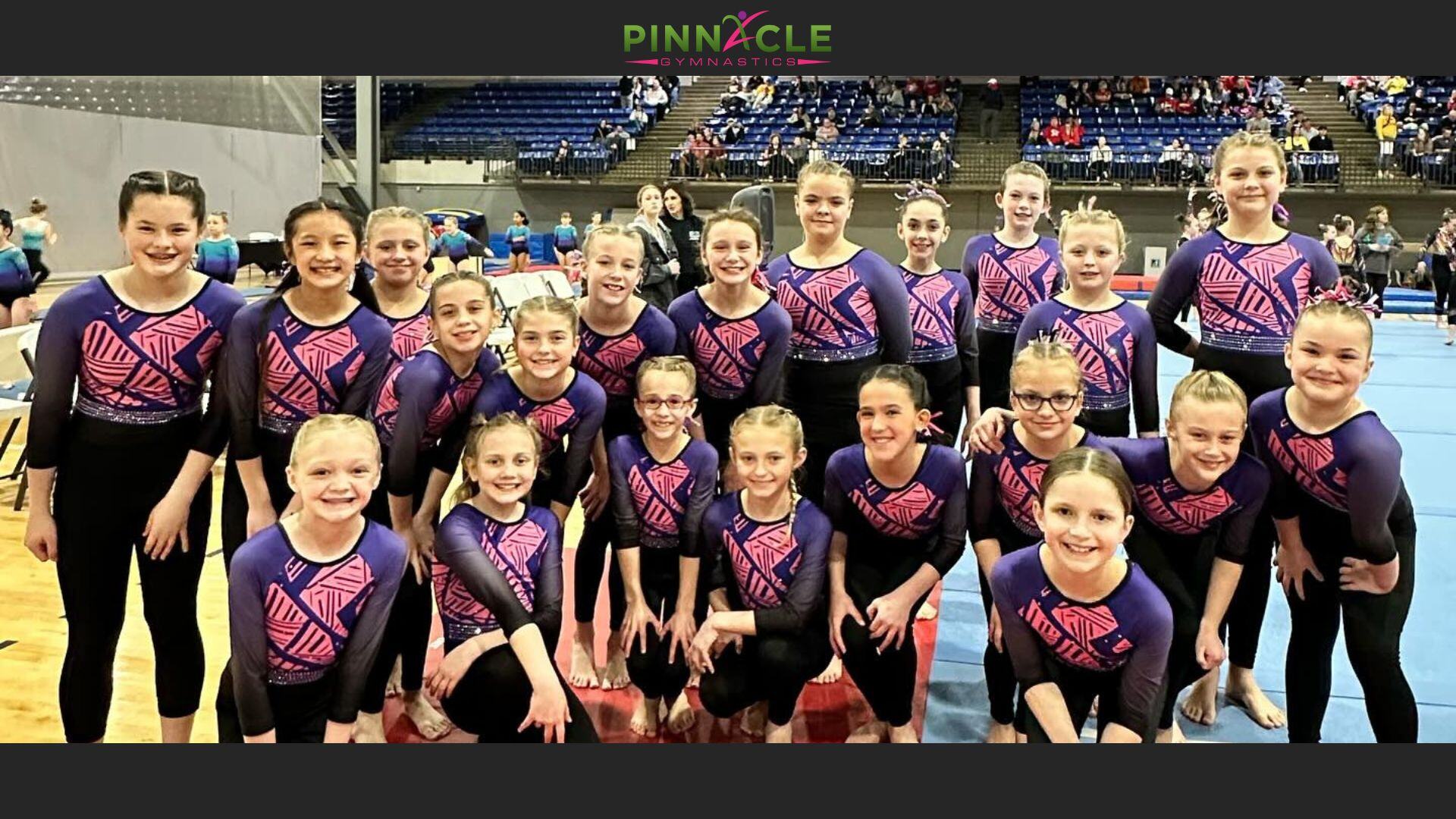Achilles “tendonitis” is a common complaint in athletes. With limited blood supply compared to other tendons, and its job (handling the load between the calf muscles and the heel/foot)- the Achilles tendon can cause an athlete pain or worse a limp/decreased skill or the very worst- a tear/rupture.

The reason “tendonitis” is in quotes is because most sports doctors believe the pain is more from degeneration/ tendon disarray which is called “tendonosis” rather than from inflammation which is called “tendonitis”.
The treatment for patellar tendon pain starts with modified activity (things that don’t cause a limp or decreased performance). The other treatment options are varied and most have questionable success rates- research has suggested that ECCENTRIC LOADING EXERCISES are perhaps the most valuable and we will spend most of this blog on that. Just for completeness here is a list of other options.
Other options with variable amounts of success:
- Massage, graston, stretching
- PRP – collecting evidence now that more and more doctors are doing this procedure
- Steroids – never into the tendon though! May have some short term benefit
- NSAIDS- like ibuprofen or Naproxen, likely won’t work since the pain is less likely from inflammation
- Night splints/ cam walker boots
- Injection of bioactive proteins
- Shock wave therapy/ Ultrasound/ Laser/ Micro-current
- And in cases that don’t improve or those cases that rupture: surgery
More on eccentric loading exercises
If the athlete is having Achilles pain- there is some research that daily ECCENTRIC LOADING EXERCISES can help. And it’s very possible that doing similar exercises for athletes that don’t have Achilles pain can help athletes prevent getting Achilles pain in the future if done 3-4 times a week (10 minutes at some time during practice) If true, 10 minutes of exercises to prevent a big injury that could cause 9 months out (approximate time needed for surgery/rest/rehab after an Achilles rupture) seems worth it!
Here is an example of what the research suggests to do:
The Alfredson protocol for Achilles' tendonitis is actually two separate exercises. To perform the exercises, you must have a small step or curb on which to stand. Be sure to check in with your doctor or physical therapist to ensure that it is safe for you to exercise and that you are performing the exercises correctly. Here is how you perform the Alfredson protocol:
- Stand on a step with the balls of your feet on the edge. Your heels should be hanging over the edge of the step.
- Hold onto something stable for balance.
- Keep both knees straight.
- Using both feet, lift your heels and rise up onto the balls of your feet.
- Keep your foot with the painful Achilles' tendon on the step, and lift your non-injured foot off the step.
- Slowly lower yourself down using your injured ankle. Your heel should move towards the floor, and the ball of your foot should remain in contact with the edge of the step.
- Return your non-injured foot to the step and repeat the exercise.
The Alfredson protocol calls for performing this exercise for 3 sets of 15 repetitions. When performing the exercise with your knees straight, a specific muscle that makes up the Achilles' tendon called the gastrocnemius is loaded and challenged.
Once you perform 3 sets of 15 repetitions with your knees straight on the step, repeat the Alfredson protocol with your knees slightly bent. This places stress upon a specific muscle called the soleus that joins the gastrocnemius to form your Achilles' tendon. Again, perform 3 sets of 15 repetitions.
The two exercises of the Alfredson protocol should be performed twice daily. That means that you should do 3 sets of 15 repetitions of the straight knee and bent knee heel lowering exercises in the morning and in the evening. In total, you should be performing 180 repetitions of the exercise daily.
Higher level skills to this can be added once the above exercises seem “easy” such as:
- Stepping down from upper step to lower step landing on ball of foot/ toes first and then allowing achilles / calf to stretch- while wearing a backpack with 10-20% of athlete’s body weight in bag to add resistance then step back up to upper step
- Repeat 15 times then do the other side.
- Consider doing the same exercises stepping down to the side and stepping down at an angle (such as to 4 o’clock or 7 o’clock- if 12 o’clock is right in front of the athlete) to offer a different load or a different challenge
- Do the exercises slowly and with “concentration”
- Do the exercises quickly – more plyometrics
Preventative exercises only help if they are done regularly (2-4 times a week) and are altered / increased / modified when the exercise becomes “easy”. These challenges under controlled circumstances “train” the body to prepare to protect itself when things are less controlled such as during a practice or game.
Continued success and good health to your team!
Dr. Randy Goldstein, WellbodyKC




